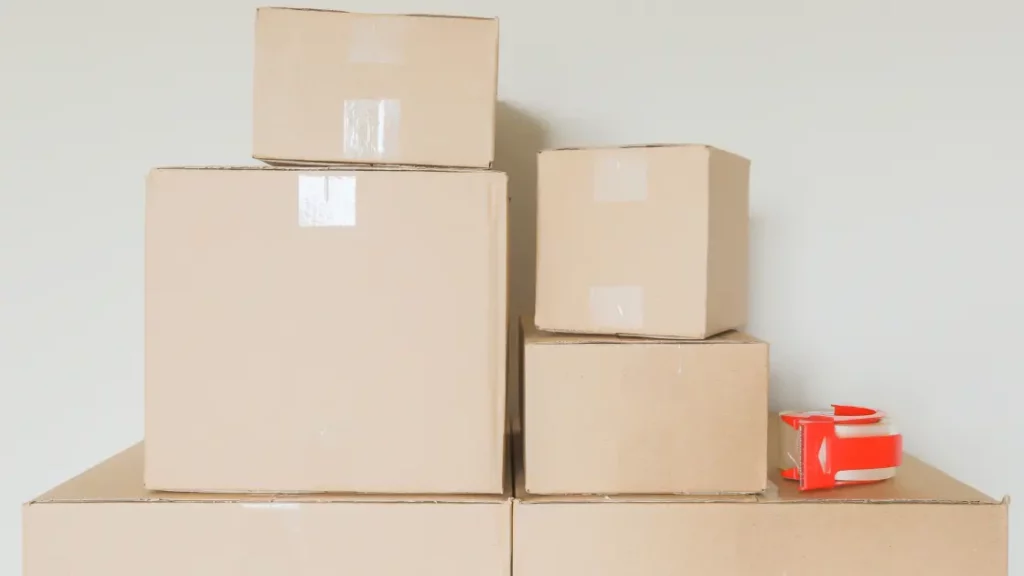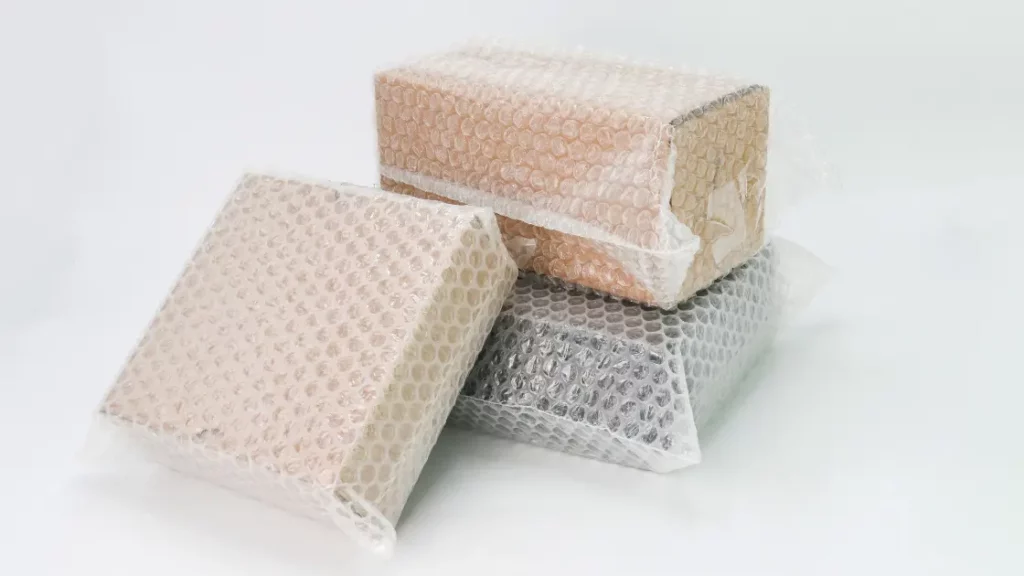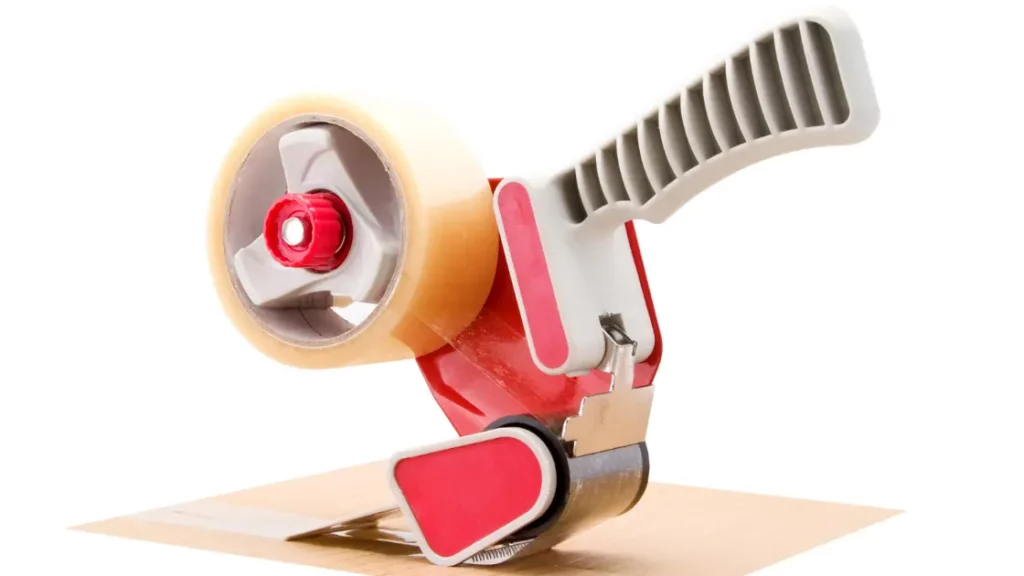The process of moving house is stressful. Packing up can take ages, not to mention loan applications. Even if you are using a removal company that will pack up for you, there will still be things that must be packed to go with you. In this article, we look at packing tips when moving house, choosing the right packing materials and self storage. This guide should help you simplify the process a little more.
Steps For Moving House
There are many steps involved in moving house with several key considerations before, during and after. A successful move relies on having the right moving supplies or packing supplies but it all really starts with being super organised and well-prepared.
Apart from finding the right property and getting the relevant documents and approvals, you need to declutter your home as early as possible. This will help determine what you are keeping, what goes to the dump, recycling, donations or self storage. Clear out one room at a time and neatly pack your belongings in boxes ready for the new home or a self storage unit.
Next is finding a reputable moving company which can be a challenge in itself since you are entrusting strangers to safely handle, transport and deliver all of your belongings. A great place to find a trustworthy and reputable moving company is through Which? Trusted Traders.
Essential Packing Supplies For Moving House
One of the most important things to prepare for before you even start packing your house is finding the right packing materials. Here are some of the essential items you will need for packing, but remember that the quantity will depend on how much you are doing yourself.
- Packing boxes (good quality cardboard boxes or plastic stackable storage bins)
- Bubble wrap
- Packing paper
- Scissors
- Tape
- Marker pens
- Furniture covers
- Packing labels
- Rubbish bin
- Straps or ropes (if you are moving house on your own)
It doesn’t matter if you are getting your home ready to move or simply storing some of your belongings for a while, using the best packing materials for each type of item is key to keeping them in pristine condition. Packing properly now will save you time and money later when repacking everything.
Types Of Packing Boxes Or Packing Cases
It is essential that the packing cases or boxes you select are right for the items in question while offering good durability. A flimsy box will most likely not make the cut and has the potential to break or split.
Professional storage and removal companies will typically have a range of cardboard box sizes available, all made with corrugated cardboard for extra strength. Remember to pack larger or heavier items at the bottom of boxes, saving smaller, lighter items for the top and filling in gaps.
Small, Medium, Large and Speciality Boxes
Small boxes are ideal for heavier items like books, CDs and ornaments where you won’t be carrying a lot at once. The smallest cardboard box is great for storing and transporting essentials or valuables that you will need when you get to your new home. This includes mobile phones, chargers, keys and a first aid kit among others. Here is some additional information on what to include in an essentials box.

Medium Boxes
These boxes are best suited to larger items that won’t fit in smaller boxes, including kettles, toasters, household ornaments, toiletries and toys, for example. Never overfill boxes, especially with heavier items despite the fact that medium boxes can hold more weight. When moving house, make sure you pack your boxes to make them safe and easy to transport.
Large Packing Boxes
If you’re moving delicate and larger items that take up a lot of room, use the biggest packing boxes. Clothes, bedding, cushions, tablecloths, and anything else that doesn’t weigh too much but takes up plenty of space might be included here.
Speciality Boxes
Some objects are too delicate to fit in a standard box and may require something more specific. For example, mirrors, wardrobes, pictures, and crockery need speciality moving boxes or storage containers that can better protect everything during transport. For example, wardrobe boxes are equipped with a rail to keep your clothing hanging upright (similar to a makeshift wardrobe) which is an excellent method to transport your belongings.
The same applies to important papers and documents. When moving house, you may find a stack of paperwork all over the place and since some of them could be important, it’s best to pack them into special document boxes. Consider buying archive boxes where you can pack and file away your documents with little to no risk of damage or getting mixed up with other random papers.
Wrapping Materials: Bubble Wrap, Tape and Blankets

While you don’t necessarily need special, expensive moving plastic wrap, it’s always good to have a roll on hand. Whether you want to wrap around certain items or keep things together like plates, wrapping materials can help avoid goods shifting around.
You could also use plastic wrap to prevent bottle leaks by removing the bottle caps, applying a layer of plastic wrap and screwing the cap back on. Bubble wrap is also at the top of the list as it remains a widely used method of protecting extra fragile items, including glass, ceramic, and porcelain.
Tape is also important for reinforcing boxes, keeping wrapping materials in place and marking fragile items. Packing blankets are often overlooked but they can come in handy when you need to protect larger pieces of furniture or fill any gaps to stop things from moving around.
How To Use Bubble Wrap When Moving Home
Here are three types of bubble wrap, the different bubble sizes and what to store in each:
- Small bubble wrap is most commonly used when moving house as it provides good surface protection from scratches, dents and chips. It’s great for packing small fragile items or other breakables.
- Medium bubble wrap is also used for surface protection but it has the added benefit of helping to absorb any impact shock. This can be used on larger, fragile items like mirrors.
- Large bubble wrap provides added impact protection while many people also use it as a filler material inside moving boxes to keep items from shifting around.
Sharpie And Packing Labels For Moving House
Some people are so caught up in packing that they forget about the process of unpacking in their new home or trying to find stuff in storage. Make sure to label every box with the room it is intended for and a summary of the contents. This will make unpacking and locating specific items at your new home or in self storage a lot easier. If you prefer using a permanent marker, write down the contents on the box and remember to make your own checklist.
Packing Tape

We know that it can be tempting to choose the cheapest option when packing, but we strongly advise against skimping on quality. Instead, invest in some heavy-duty tape—it’ll be worth it in the long run.
Cheap tape is often thinner and more delicate, meaning it’s more likely to break or lose stickiness compared to heavy-duty packing tape. As you can imagine, if a box becomes untapped during your travels, this could mean serious trouble for your belongings.
When moving home, you’ll want to go with brands that you know and trust. That way, you can rest assured everything stays in place during the move. Also, buy packing tape in bulk to save money in the long run as you often need more than you think.
Moving Blankets And Furniture Covers
While most removal companies will have specialised moving blankets, any thick blanket will do. The main purpose is for extra protection while moving home whether the item is in storage or inside the lorry or moving van.
Moving blankets are also available in different sizes to give you options in terms of covering various types of furniture. So, rather than covering your furniture using shrink wrap, wrapping paper, or packing paper, why not use moving blankets for an added layer of protection?
You can also get furniture covers made from polyethene as an effective option when moving home. Available in different sizes, they can protect just about any type of furniture against the elements.
Moving House And Self Storage
The benefits of self storage when moving home are overwhelming! Not only does a storage unit ensure the safety of your belongings but it also helps keep things organised. It’s ideal if your new home is not ready for all the furniture, downsizing or there is an overlap between selling your property and moving into your new place.
Self storage units are perfect for storing furniture, paintings, sporting equipment, documents, toys or clothing. At Space Centre, you can also choose to store short-term or long-term without paying a deposit and we don’t charge extra for changing to a different sized unit (if it’s available).
Tips For Moving House
Now that you know what packing materials you need and what boxes to use for different items, it’s time to start packing! To make the process as smooth as possible, be sure to:
- create a packing plan and timeline
- start with items you don’t use often
- pack one room at a time
- use plenty of padding for fragile items
- label all boxes clearly
- keep essential items with you during the move
Packing is one of the most challenging and tedious parts of moving home but with a little planning and organisation, it doesn’t have to be. By following these packing tips, you can make sure your belongings are safe during transport. Happy packing!
Visit our website for a visual illustration of how much storage space you need when moving house based on the size of the van. For more information, give us a call or complete the form online.